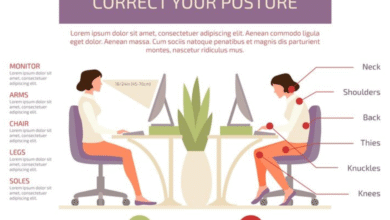Why Are Rats a Growing Problem in Urban Norway?

Norway is one of the countries with a high urbanization rate. As of 2023, approximately 84% of the population resides in big cities. The rate is even higher in 2025. Therefore, due to the incremental rate, cities become increasingly crowded, winters become warmer, and vegetation disappears rapidly. When millions of people live together, cities accumulate a significant amount of extra trash and food scraps. This situation creates an excellent breeding environment for rats.
Climate change plays a significant role in rat infestation in Norway. Once known as the coldest country in the world, it is gradually becoming warmer. This is why there are no specific rat seasons each year. The climate favors rats, giving them a greater chance to breed. In this post, we will examine the primary reasons why rats are becoming a growing problem in urban Norway. Let’s get started.
So, What’s Driving This Urban Rat Boom in Norway?
Rats need food and water to survive. They go wherever the food is, and they build nests around the sources of food. Compared to rural areas, urban areas have a larger population. That means plenty of food sources. Here are the primary reasons for the rat boom in Norway’s urban areas.
- Warmer winters let rats stay active and breed year-round.
- More residents and hospitality businesses produce extra food waste for rats.
- Skyscrapers engulf gardens, parks, and jungles. This significantly reduces the number of natural predators, allowing rats to thrive in residential and commercial areas.
- High-density human living makes it easy for rats to find what they need.
How Do Rats Survive and Spread in Cities?
Rats are not like other rodents. These tiny creatures are smart. They can adapt fast and often show resistance to regular extermination methods. Here are some common reasons why rats survive and spread in urban areas.
- Rats are known as prolific burrowers. They can dig under gardens, foundations, and piles of debris. Rats have no problem traveling underground.
- City sewers are perfect rat highways. They can easily travel from one block to another.
- They squeeze through holes, cracks, and gaps as small as a pencil, making old buildings easy targets for them.
- Rats can climb walls, pipes, and wires to reach food or nest spots.
- They breed quickly. One pair can turn into hundreds in just a year if left alone.
Health Dangers: Why Should You Worry About Rats?
Rats are afraid of humans, but they can be deadly. If you spot rats in your house, don’t ignore them because they pose significant health risks. Here are the common health dangers rats can cause:
- Have you heard of hantavirus? Rats are the culprit behind this dangerous airborne disease. They also spread diseases like Leptospirosis and Salmonella by contaminating food and water.
- Their droppings, urine, and hair can trigger allergies and respiratory issues.
- They bite through electrical wires, posing a serious fire risk and potential power failure at your home.
- Their musky, ammonia-like urine odors contaminate indoor air. This can be uncomfortable for your family members.
Where Are Rats Hiding in Urban Norway?
Rats don’t come to your house through the front door. Tiny gaps, cracks, and holes are their best route. Also, they can climb your pipes. Rats might live in your house for months, but you wouldn’t know. If you notice one or two, that means dozens are hiding in plain sight.
Look out for:
- Dark, quiet, and warm areas in your house.
- Attic, inside the walls, behind the significant appliance and furniture.
- Basements, crawl spaces, and storage rooms.
- Garbage bins, alleyways, and urban gardens.
- Subway tunnels or near fast-food outlets.
Have you ever heard scratching or scurrying sounds at night? Did you notice gnaw marks on food packages, insulation, or furniture? Have you spotted droppings? If the answer is yes, then you have got rat visitors. Don’t wait to see the full-blown infestation. Call for professional rat exterminators in Norway, such as Skadedyrkontroll1.
Final Thoughts
Rats have plenty of hiding spots in urban areas. Large buildings and infrastructure provide easy paths to travel, and hundreds of trash cans with food waste are practically heaven for them. However, if you maintain a clean and tidy house, seal all possible entry points, and act promptly when you notice signs of intrusion, you can help protect your property, health, and neighborhood.



